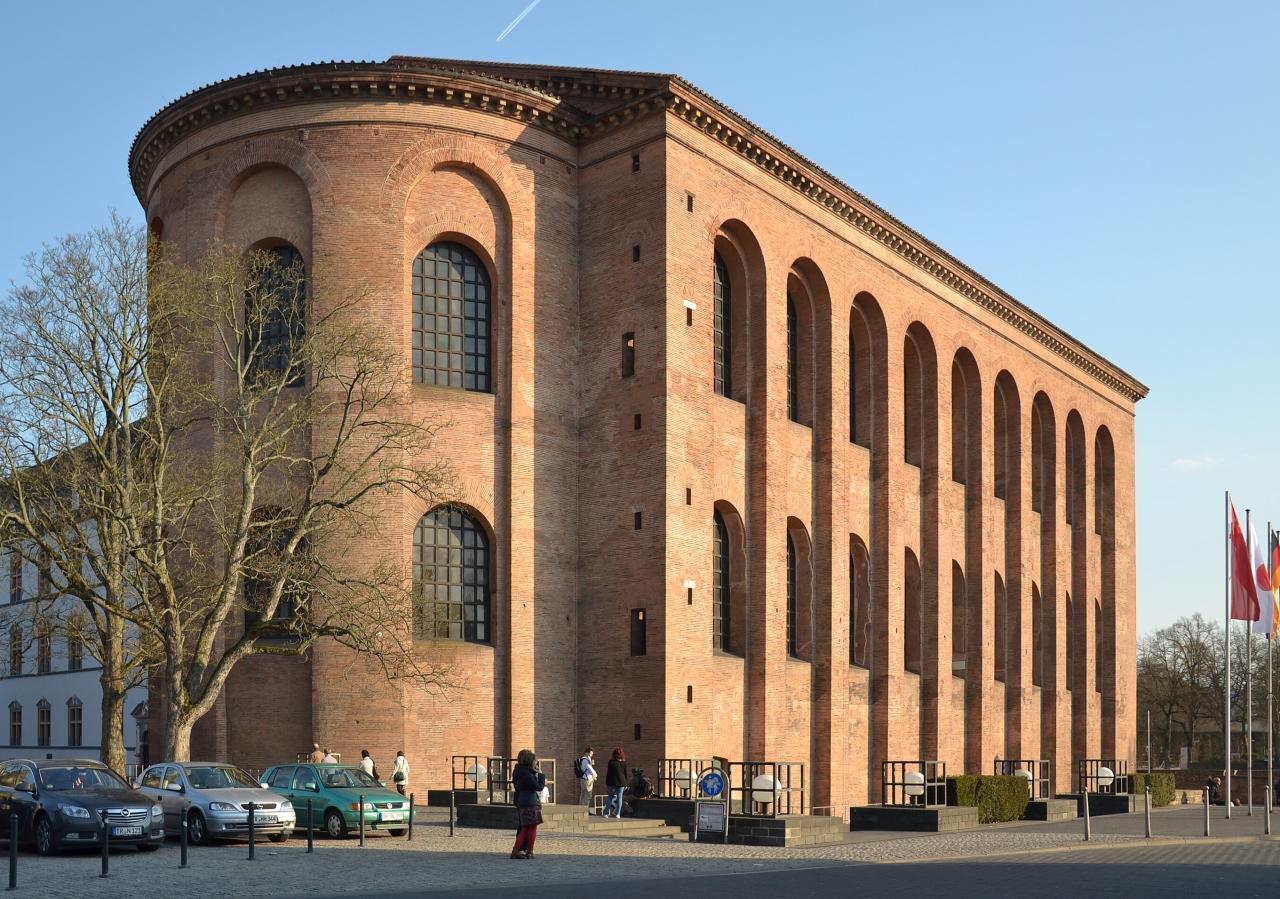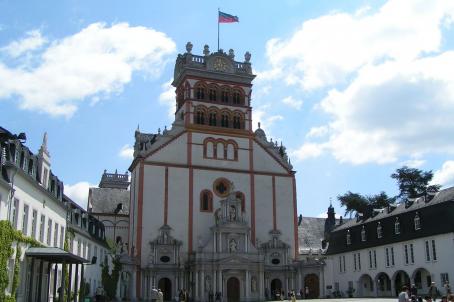Basilica of Constantine
The Evangelical Church of the Redeemer (Basilica of Constantine) was originally an audience hall for the Roman emperors who resided in the city in the 4th century. In 1614, the south and east walls were demolished and the rest was incorporated into the bishop's new residence, the Electoral Palace. Between 1844 and 1856, the building was restored and donated to the Protestant cult. Severely damaged by an American air raid, it was rebuilt in the 1950s. Since 1986, the Basilica of Constantine has been a UNESCO World Heritage Site.






